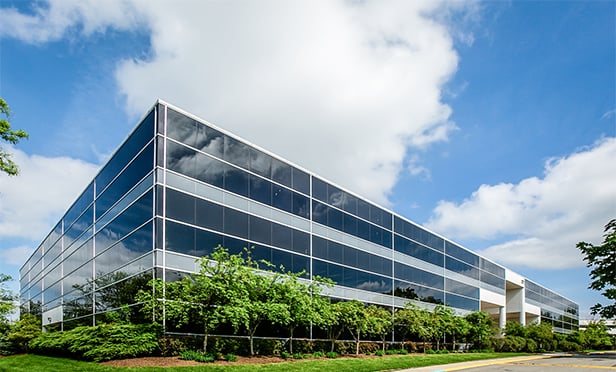America's biggest companies used to be boring, predictable purchasers of legal services. When confronted with a big lawsuit, the general counsel would hire a pricey big-city law firm, even though a midsize firm or boutique could probably do the same work for far less money, according to a recent article by GlobeSt.com's sister publication, ALM's Corporate Counsel. That way, if the case went off the rails, nobody could second-guess the GC's choice of outside counsel.
It's become a cliché to say that those days are over. GCs will tell you that they're watching their budgets more carefully than ever before and making firms compete for business. Every law firm markets itself as more innovative than the one across the street.
But is that all talk? How much have purchasing patterns really changed? Corporate Counsel took a deeper look with “Who Represents America's Biggest Companies,” which aims to answer these questions.
In the annual report, Corporate Counsel looks at court filings and other publicly available documents to see which law firms are representing the Fortune 50 companies. Firms that pride themselves on keeping clients out of court in the first place won't be on it, or won't appear as often as the courthouse warriors. The publication half-jokingly calls it “the Skadden paradox.”
Also, Corporate Counsel doesn't do year-to-year comparisons of which firms rise and which get less work, because of the nature of representation. Legal work is episodic—a big class action might involve a firm mentioned dozens of times one year, and then, as it settles, the firm will appear less in the court filings we examine to gather our data. But the survey still offers a glimpse into the purchasing habits of the world's most influential GCs and the departments they manage.
As in years past, large, marquee law firms are a dominant presence in the survey. But Corporate Counsel's report also shows that plenty of Fortune 50 companies spread their work around to a mix of law firms.
Take Amazon.com Inc., for example. The Seattle-based retail giant, which slots in at 18th on the Fortune 50, hires three firms with very different business models for employment law matters: the prominent Seattle firm Perkins Coie, the omnipresent labor and employment firm Littler Mendelson, and a midsize regional powerhouse, Dinsmore & Shohl, based in Cincinnati. For intellectual property litigation, Amazon.com has a long list of firms that includes a bit of everything: global giants such as White & Case, such regional firms as Stoel Rives, and boutiques such as Fisch Sigler, a 10-person shop founded in 2012 by a former big-firm lawyer.
Click here to read the full article on the subject.
America's biggest companies used to be boring, predictable purchasers of legal services. When confronted with a big lawsuit, the general counsel would hire a pricey big-city law firm, even though a midsize firm or boutique could probably do the same work for far less money, according to a recent article by GlobeSt.com's sister publication, ALM's Corporate Counsel. That way, if the case went off the rails, nobody could second-guess the GC's choice of outside counsel.
It's become a cliché to say that those days are over. GCs will tell you that they're watching their budgets more carefully than ever before and making firms compete for business. Every law firm markets itself as more innovative than the one across the street.
But is that all talk? How much have purchasing patterns really changed? Corporate Counsel took a deeper look with “Who Represents America's Biggest Companies,” which aims to answer these questions.
In the annual report, Corporate Counsel looks at court filings and other publicly available documents to see which law firms are representing the Fortune 50 companies. Firms that pride themselves on keeping clients out of court in the first place won't be on it, or won't appear as often as the courthouse warriors. The publication half-jokingly calls it “the Skadden paradox.”
Also, Corporate Counsel doesn't do year-to-year comparisons of which firms rise and which get less work, because of the nature of representation. Legal work is episodic—a big class action might involve a firm mentioned dozens of times one year, and then, as it settles, the firm will appear less in the court filings we examine to gather our data. But the survey still offers a glimpse into the purchasing habits of the world's most influential GCs and the departments they manage.
As in years past, large, marquee law firms are a dominant presence in the survey. But Corporate Counsel's report also shows that plenty of Fortune 50 companies spread their work around to a mix of law firms.
Take
Click here to read the full article on the subject.
Continue Reading for Free
Register and gain access to:
- Breaking commercial real estate news and analysis, on-site and via our newsletters and custom alerts
- Educational webcasts, white papers, and ebooks from industry thought leaders
- Critical coverage of the property casualty insurance and financial advisory markets on our other ALM sites, PropertyCasualty360 and ThinkAdvisor
Already have an account? Sign In Now
© 2024 ALM Global, LLC, All Rights Reserved. Request academic re-use from www.copyright.com. All other uses, submit a request to [email protected]. For more information visit Asset & Logo Licensing.









